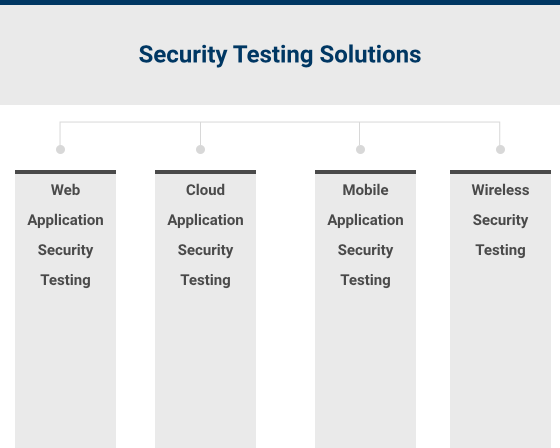Telecom DevOps is appealing to many operators. With the ability to authenticate new software releases within a few days rather than taking months and initiating new services enhancements in just a few hours, telecom DevOps is indeed attracting leading operators in the U.S.When operators were asked, “what system and technologies do they have in mind to deploy for their digital operations?” Almost two-thirds said that they have already started to implement DevOps or plan to do the same.
As 5G has already rolled out in the U.S. market, operators must get the tools suitable for the coming years, and many believe that DevOps is the right way forward.
Getting Started with Automation and Integration:
Let's not deny, but DevOps is a big deal in the digital transformation sector. The evolution of telecom with 5G brings in opportunities, making its functions more digitized and computerized.
To adopt DevOps, focus on the legacy processes, tools, and efficient skills that have been developed as most operators have migrated from 2G to 4G. As operators cut out existing tools, processes are constrained to a specific network domain that allows people to stay focused on individual work tools.
The need to have more responsive and efficient operations that fully automates service lifecycle-from production to delivery is required, and telecom DevOps does just that. This prevents people from doing repetitive manual tasks and lets them focus on making the best decision.
New Software Features:
5G introduced a software-based solution that will transform how networks are delivered and managed. To support these changes, companies need to advance how they test service- not just to adapt to the new architecture but also several different services supported on the new network.
The most important thing to consider is the frequency in which operators will be making new updates to their networks. The new software and cloud environments are equipped with Continuous Integration/Continuous Delivery (CI/CD) practices.
Besides, you can adopt the Scaled Agile Framework (SAFe) approach for DevOps that ensures CI/CD for telecom. Due to the agile methodology, Excelacom can create and test new features within days. This allows smaller but more frequent, minor releases that come out every two to four weeks, instead of a major one that releases every 6-12 months.
With recurrent software releases that can be tested and taken into provision without much time, operators can meet the customer's 5G needs.
The Automated Service Fasten up the Lifecycle:
The route to get the software into service has been accelerated as an operator can eliminate the complexity of testing and delivery with automated and deployment services. Additionally, the process includes configuration, software lifecycle management, and testing.
Automation is applied to the operator's service and network lifecycle management.
Automation service can be applied to the operator's service and network lifecycle management to reduce service deployment time from six months to a few days or even a few hours.
After transitioning from 3G to 4G, operators are frequently exploring technologies with 5G network. Using CI/CD for a 5G network is the best practice to speed up the hardware validation process in the pre-integration phase.
0








